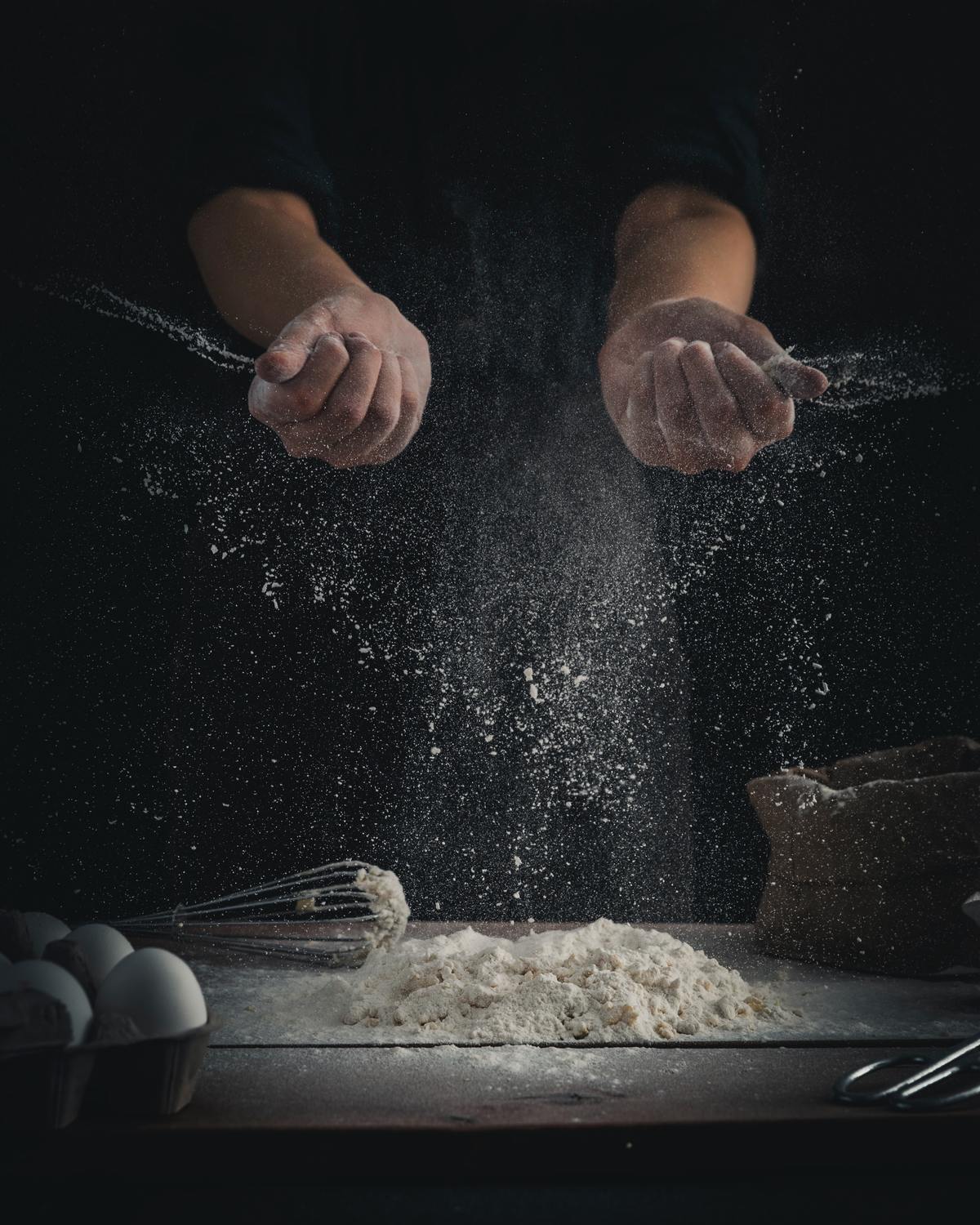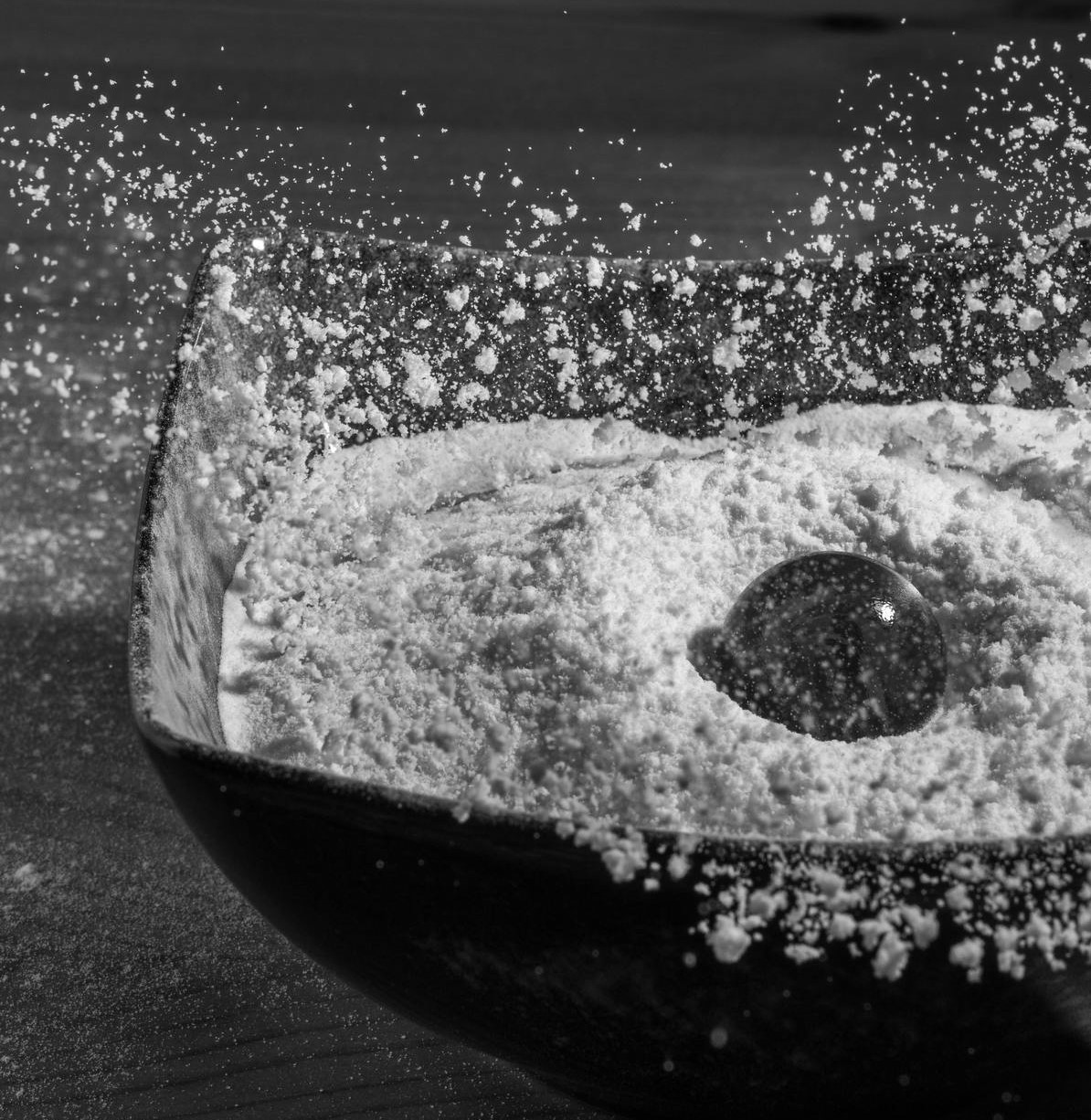The different type of flour for baking and their uses
A walk down the baking lane of the store tells that there are more than only a few varieties of flour for you to choose from. To determine which type is appropriate for the form of baking you do, it helps to realize that the flour consists of carbohydrates (or starch), proteins, and a bit of fat in the case of whole-wheat flour. Among all three foods, the baker is more obsessed with protein.
The proteins in wheat are referred to as gluten-forming proteins, and the amount and consistency of such proteins define how a flour in the kitchen can behave. A large proportion of protein indicates a tougher (stronger) flour that is better adapted for chewy, crusty bread and other items produced from leaven. Less protein means a lighter meal, perfect for baked products that are moist and naturally leavened, such as pie crusts, pies, cookies, and biscuits.
Baking from bread to sandwiches, cookies to cakes, is the art of turning flour into tasty meals. Flour finely milled wheat or other grains gives baked goods structure, but specific baked goods need specific structural supports. For the right job, pick the right flour, and you’re a long way toward baking success. Choose the wrong flour, and you have difficulty carving.
The hydration of bread differs greatly. The all-purpose (plain) flour “regular” bread has water to flour weight ratio (hydration) of 60-65 percent. Higher-protein flour, branded as wheat, solid, or high-gluten, prefers to use 65% hydration. Ciabatta and rustic bread typically use more water than average.
All-purpose flour
Protein range is 9 to 12 %
Its grain is also known as All purpose(AP) grain and is the most widely produced. If a type is not mentioned in your recipe, they are probably talking about all-purpose flour! This white flour does not comprise either the wheat germ, or the bran, but just the endosperm. This makes it shelf-stable, but still less nutrient-dense than whole-wheat bread. You may see all-purpose flour as “bleached” or “unbleached.”
If chlorine or benzoyl peroxide is used to treat it, it must be identified as bleached. This bleaching method accelerates the curing cycle (making it simpler to deal with), but it often destroys the components of proteins and starches.
You might prefer unbleached wheat if you have a sensitive stomach. AP flour has a mild flavor, which makes it function well. It is a go-to meal with cookie recipes and yeast bread. While producing delicate baked goods such as this soufflé recipe, stitch it into a wire strainer or a flour sieve.
Whole wheat flour
Protein range is 14%
It includes all three sections of the head of the seed (the germ, bran, and endosperm). These parts contain more of the protein and fiber in the wheat plant, so whole wheat flour is more nutrient-dense than white flour.
It is also more absorbent (so you’ll need more moisture to hydrate the grain), so it’s susceptible to rancid quicker than the white flour stripped off. Working with whole wheat flour is trickier as it creates a stickier crust, but when it comes to taste, it’s completely worth it. Itis especially used for quick bread and bread recipes, such as this recipe for Shiner Bock beer bread.
Cake flour
Protein range is 10 to 11%
Cake flour is made especially for producing (you know that) cakes. It has a small protein content-although AP flour that has 10-11% protein content; cake flour has lower. That makes it less chewy, making it a more spongy feel.
This sort of flour and some of your favorite cake recipes are great for creating this cupcake recipe. If you don’t want to store this flour in your garden pantry, cornstarch is a fast alternative. Cut out 2 AP flour spoons and substitute with two cornstarch spoons. If your recipe called for 1 cup of cake flour, you’d use 1 cup minus two tablespoons of AP flour and put cornstarch in 2 tablespoons.
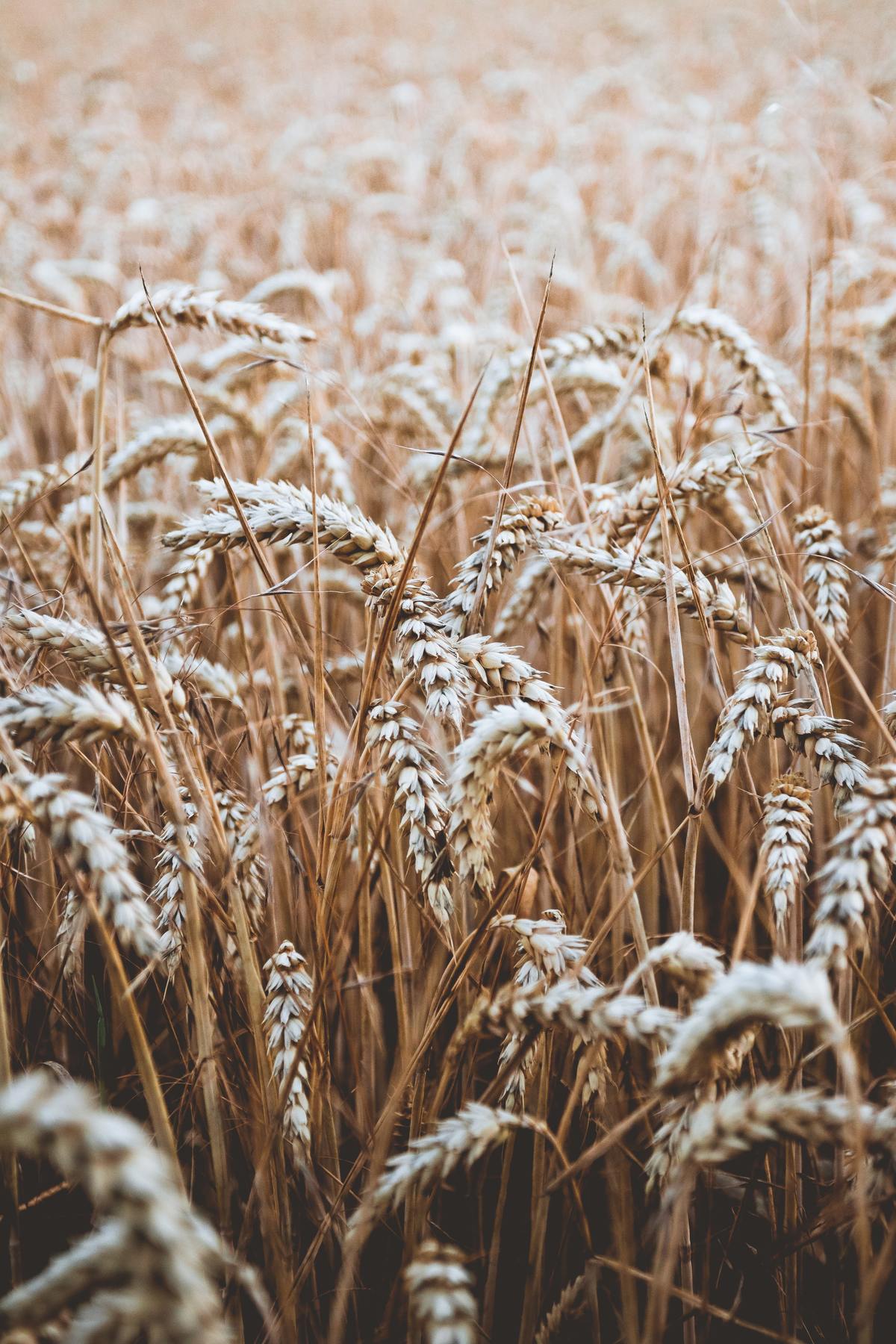
Pastry flour
Protein range: 8 to 9%
Just like cake flour, pastry flour is a type of soft wheat that has a lower protein level than AP food. It has a soft, fine grind, which makes it more suitable for pastries compared to All Purpose flour.
Since it has a lesser gluten content than All-purpose flour (but a higher gluten content than cake flour), it fits very well with every recipe with pie, muffin, or pancake. The pie crust recipes are one of the best places to use pastry flour in. With the right amount of chew, it is soft and tender. It is worth having a bag on hand for pie season only
Bread flour
Protein range: 12 to 13%
The opposite of cake and pastry flours is bread flour — it has a very high protein quality. This brings some significant structure to the grain, which is very necessary when building an encounter of chewy bread. You produce a thick texture and crunchy coating after kneading this flour with a dough hook, or by hand (with some strong elbow grease).
Bread flour certainly makes excellent food, so don’t feel like you’re going to have to restrict your usage to only wheat. This meal brings the best of pretzels.
Gluten-free flour
Protein range: 14 to 15%
Naturally, gluten-free flours such as buckwheat flour are perfect for making pancakes and noodles, but they are thick and very challenging to deal with. Particularly buckwheat flour has a nutty taste, which can sometimes overwhelm in the wrong recipe.
Nut flours such as almond flour are growing popularity for creating gluten-free cake recipes and for fried foods as a breading substitute. You may start noticing other flours such as cassava flour, which has become a go-to for gluten-free baking like biscuits and pie crusts.
It’s necessary to note that gluten-free flours skip the gluten content, which ensures that combining or kneading can’t make up a chewy network. The baked goods made with such flours would be different in texture than their equivalents packed with gluten.
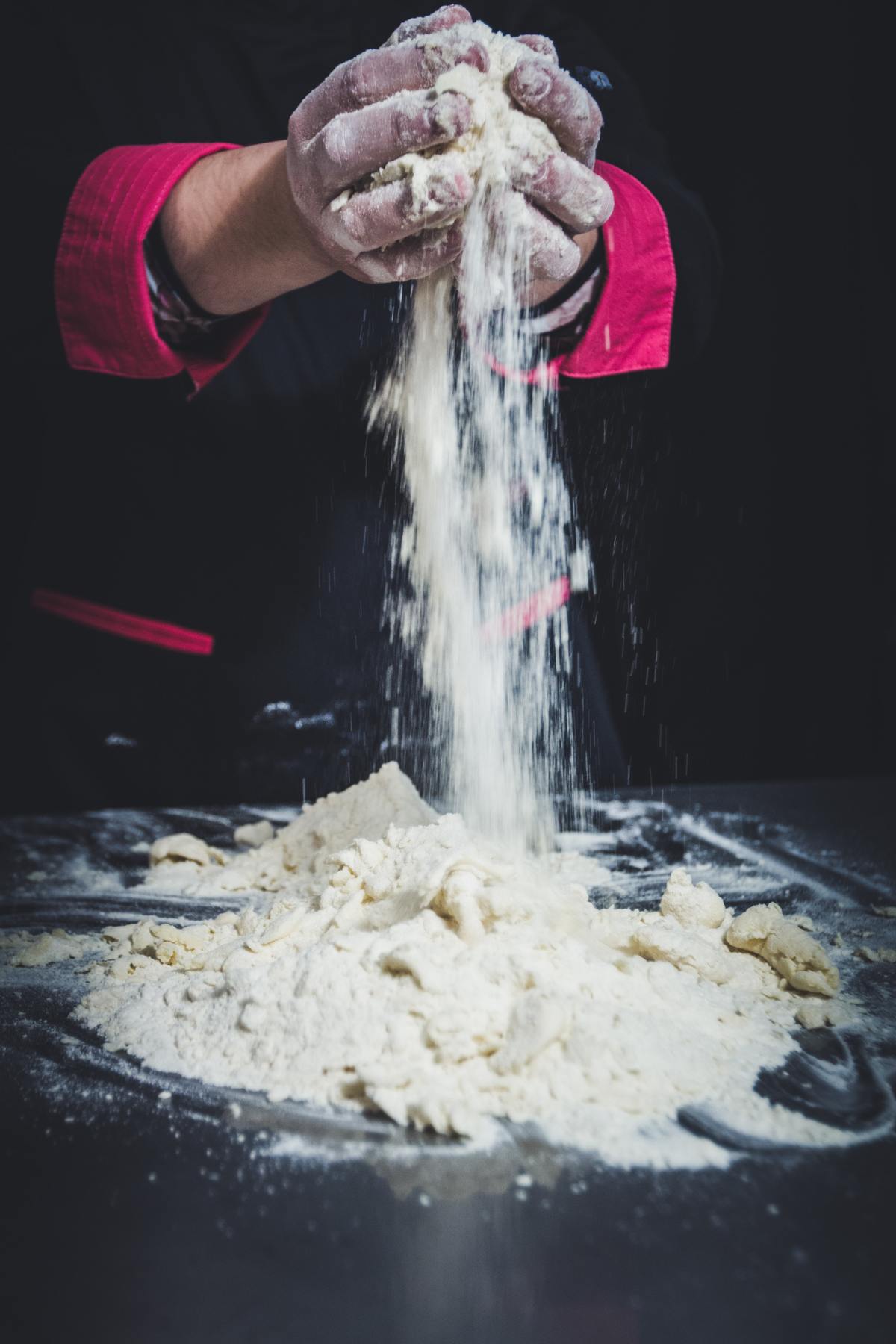
Self-rising flour
Protein range is: 8.5%
Beloved by biscuit bakers worldwide, this combination of soft wheat flour, baking powder, and salt is admired for its smooth flavor and lighter-than-air feel. It yields ethereally sweet, tender biscuits, scones, and pancakes and also saves you time in the kitchen (two fewer ingredients to be blended in).
If you use self-rising flour for your baked goods recipes that require this ingredient, you’ll find that your cakes and bread still rise beautifully, and most importantly, you’re getting a steady rise each time. In addition to the self-rising flour, such recipes do not even ask for a leavening agent. Just a few dishes, however, need self-rising flour, such as pancakes, few bread, biscuits, and a few others. But outside of such pre-made combinations, self-rising flour undoubtedly still has its applications.
For items like those products listed above, like quick bread and pancakes, self-raising flour is fine. Southerners in the U.S. enjoy using self-rising flour because it is ideal for the flaky golden biscuit. Often, you can see recipes for cakes or cupcakes that often involve flour that rises on its own!.
Rye Flour
Protein range is: 13%
Rye flour is the powder milled out of entire rye berries or ryegrass seeds. It is used for the processing of rye and sourdough bread, offering a distinctive taste and better nutritional quality compared with wheat flour baked bread. Both have a very distinctive flavor that comes from the mildly sour taste that is produced by this flour.
Rye flour has a distinct flavor and feels than wheat flour. Many formulae also need a 50-50 mixture of rye and wheat flour to help improve gluten intensity. Rye bread in North America usually incorporates around 20 percent rye flour in the recipe (with a small proportion of wheat flour) to provide additional flavor and add color. Bread loaves produced from 100 percent of this flour are more popular in Europe.
Rye flour comes in dark, medium, and light types. The main distinction in both is the sum of bran left after processing in the flour. The longer the bran left in, the thicker the starch.
Pizza Flour (T00)
Protein range is: 11 to 12%
Strong pizza flour made from organic durum and all-purpose flour combine together with dough conditioners and beneficial enzymes. It’s good milled flour for a great crust, with a higher protein level. This flour exhibits excellent fermentation resistance, strong water absorption, and increased stretchability. The dough is simple to mold and provides the baked crust with crispiness. Key Ingredients are Wheat Flour, Malted Wheat flour, Cereal Amylase, Dough Conditioners, and Salt.
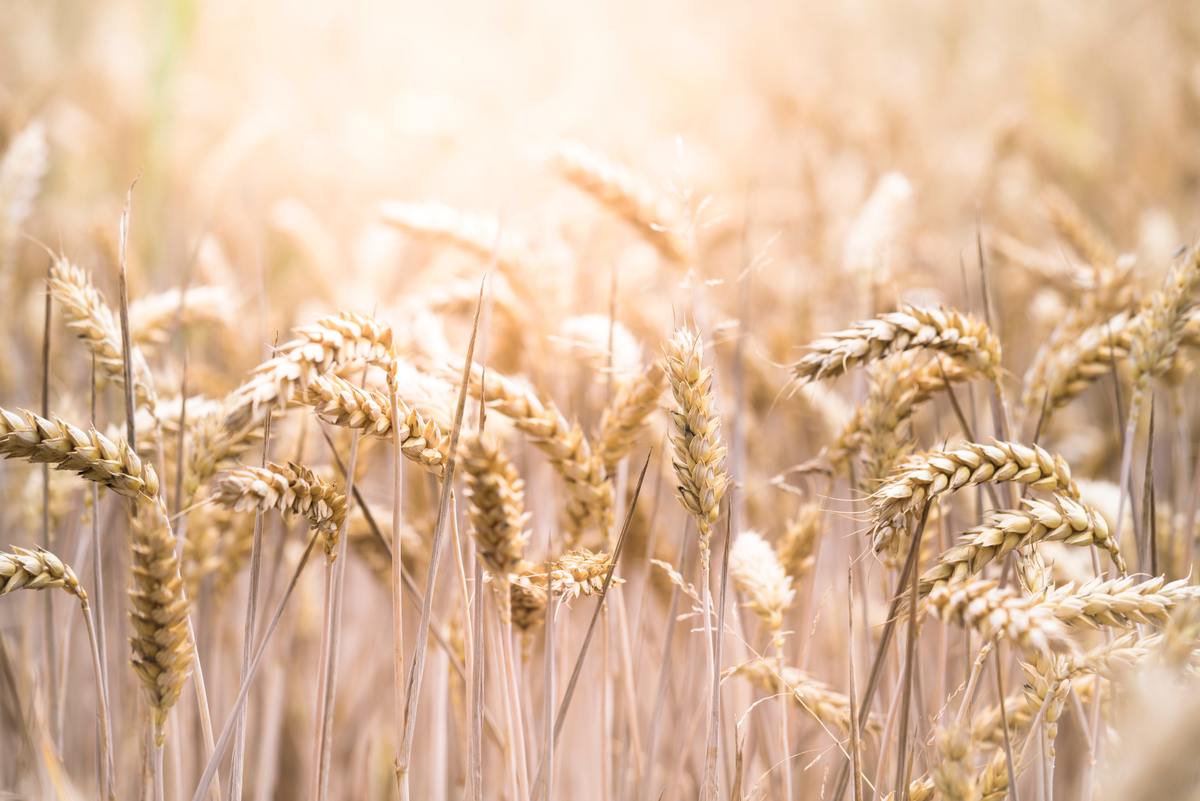
High-gluten flour
Protein range is: 14%
High gluten wheat flour is a paste consisting of grinding spring wheat to obtain a finished meal. High gluten wheat flour can be combined with other flours to create a higher blend of protein. High gluten flour is used to achieve the required crustiness and chewiness of heart bread for artisan bread that need high protein.
Cookie flour
Protein range is: 8% to 10%
Cookie flour is a low gluten wheat flour that is smooth and finely milled. It is mainly used in the manufacturing of cookies, pie crust, and other baked goods with a tender texture.
Cookie flour has a gluten content of 8 to 10 percent. The gluten proteins do not hydrate as easily or grow properly like a bread framework during cookie preparation and mixing. This produces a thin, inelastic network that is responsible for the tender quality of sweets, certain baked goods, and pastries. Certain ingredients in the cookie recipe, such as sugar, shortening, and water, are partly responsible for cookie flour results.
Doughs produced from this flour will retain their consistency, surface properties, and other characteristics for six months while stored at temperatures below zero, i.e., at -18 ° C (-0.4 ° F).
EverCook is a French Luxury caterer in Miami. Our menus include amazing breads.
Feel free to contact us for a free consultation and taste our services and food.

